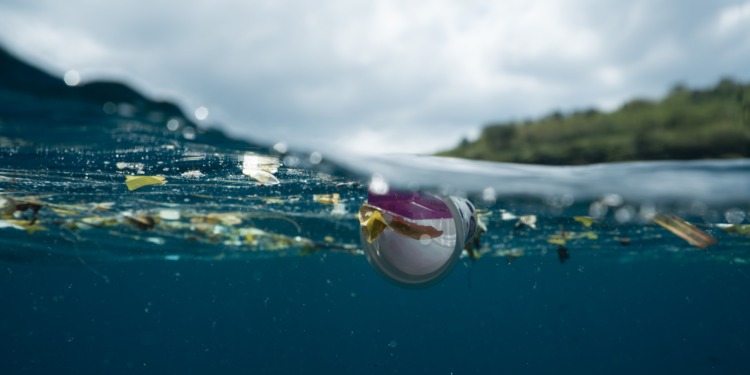Chemicals in plastics must be addressed as part of ongoing global action to combat plastic pollution, according to a new report published by the UN Environment Programme (UNEP).
The report emphasizes that such chemicals are often overlooked and provides the current state of knowledge on chemicals in plastics, and aims to inform the global community about chemical-related issues of plastic pollution with respect to their adverse impacts on human health and the environment, and on resource efficiency and circularity.
The report, Chemicals in Plastics: A Technical Report, aims to catalyze action to transition to safe and sustainable material cycles. It indicates such a transition needs to involve all stakeholders along the plastics value chain, including regulatory authorities, industries involved in plastic manufacturing and use, waste managers and recyclers, scientists from multiple disciplines, and consumers and the general population.
Detailing potential areas for action, the report aims to support the negotiation process to develop an instrument on plastic pollution, and outlines publicly available scientific studies and initiatives focused on chemicals in plastics and the science-policy interface.
According to the report:
- more than 13,000 chemicals associated with plastics and plastic production have been identified across a range of applications;
- ten groups of chemicals are identified as major concerns due to their high toxicity and potential to migrate or be released from plastics, including specific flame retardants, certain UV stabilizers, and per- and polyfluoroalkyl substances (PFASs), among others;
- more than 3,200 of 7,000 substances associated with plastics have one or more hazardous properties of concern; and
- women and children are particularly susceptible to these toxic chemicals, with exposures during fetal development and in children while male fertility has also been negatively impacted.
The report further identifies ten priority use sectors where chemicals of concern have been found in plastic products, including toys and other children’s products, packaging (including food contact materials), electrical and electronic equipment, synthetic textiles and related materials, furniture, building materials, medical devices, personal care and household products, and agricultural/aquaculture/fisheries plastics.
Related Articles: New UN Treaty Focused on Plastic Pollution | Plasticosis: A Synthetic Health Crisis Waiting in the Wings? | Why We Should Not Reuse Plastic Water Bottles
The report recommends the following actions to help reduce chemical-related impacts of plastic pollution:
- reduce plastic production and consumption, beginning with non-essential plastics;
- design and manufacture plastics that are free of chemicals of concern;
- avoid regrettable substitutions and shifting burdens, and conduct chemical alternatives assessments and life cycle assessments to identify substitutes;
- improve transparency along the entire plastics value chain;
- update regulatory testing guidelines; and
- develop robust regulatory waste management frameworks, giving specific attention to protecting the informal sector.
The report also highlights the need for capacity-building for:
- developing, implementing, and enforcing national legal frameworks and policies;
- identifying and implementing solutions and chemical substitutions, especially among small-and medium-sized enterprises;
- supply chain management, including on transparency and information sharing;
- conducting chemical hazard, exposure, and risk assessments;
- waste management capacity and technology; and
- local and international networks to support companies or sectors that cannot develop capacity themselves.
The report was developed by UNEP in cooperation with the Secretariat of the Basel, Rotterdam, and Stockholm Conventions. The Governments of Norway, Sweden, and Switzerland provided financial support for the report.
— —
This article was originally published by the International Institute for Sustainable Development (IISD) and is republished here as part of an editorial collaboration with IISD.
Editor’s Note: The opinions expressed here by the authors are their own, not those of Impakter.com — In the Featured Photo: Plastic floating in the sea. Featured Photo Credit: Pexels.










